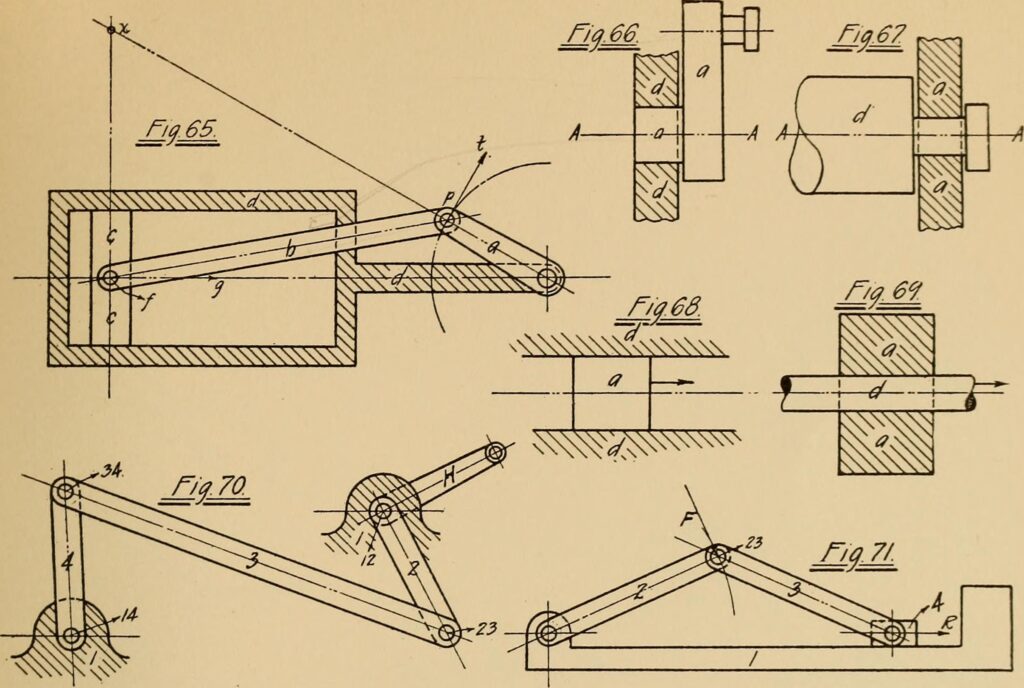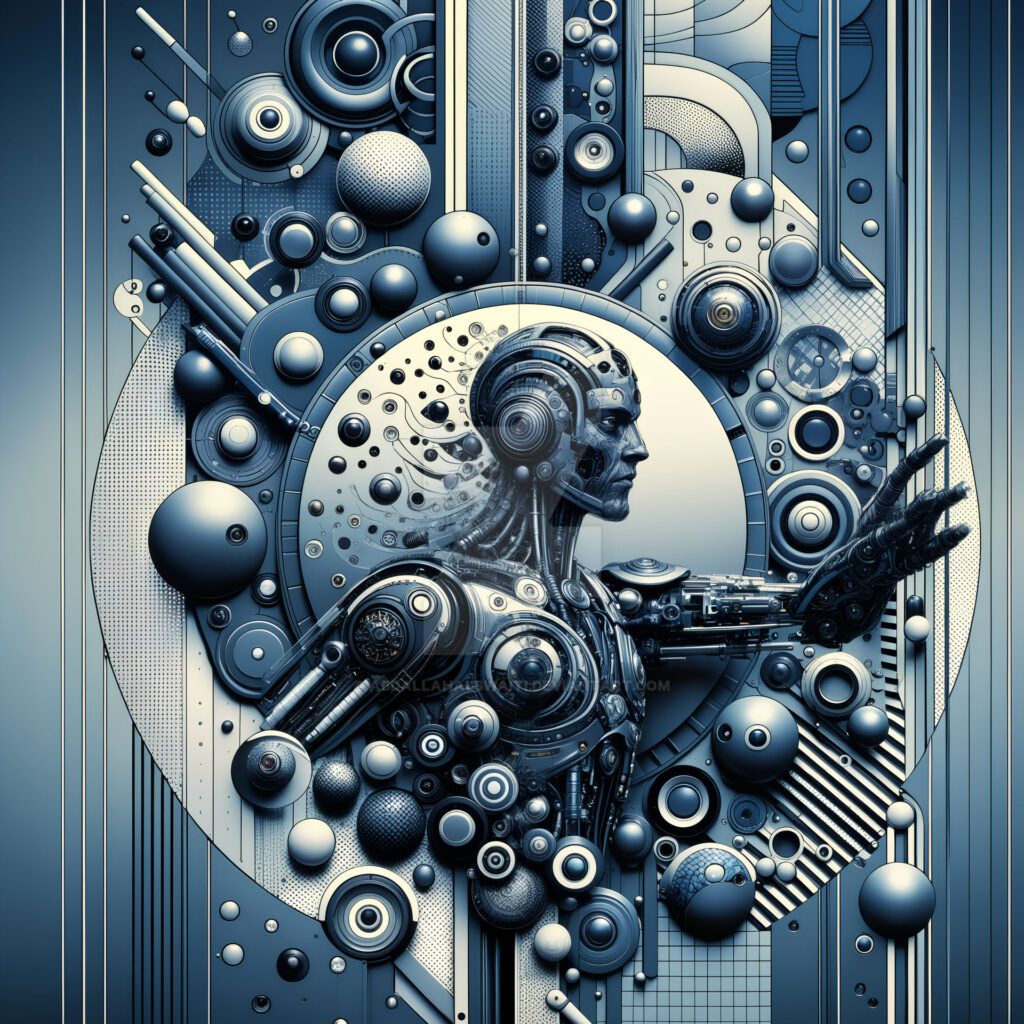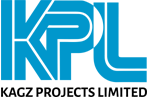UNLOCKING THE SECRETS OF MECHANICAL DESIGN: YOUR GUIDE TO ENGINEERING BRILLIANCE
Ever find yourself saying, “The world has advanced, we live in a modern and mechanized world”? Well, you’re not wrong. Our modern lifestyle owes much to the availability and presence of mechanical engineers. They’re the ones responsible for developing the machines and systems that drive our modern world.
The mechanical engineering world is quite complex because it deals with the crafting and drafting of mechanical designs intended to proffer solutions to the world’s problems. This industry is burdened with the desire to bring ideas to life.
So, yes, the mechanical engineering industry thrives on ideas. Every idea needed for the off-taking of a mechanical project must have clear and precise requirements. What do you want your project to achieve? What are the constraints and challenges you’ll need to overcome? This is the brainstorming session of the off-taking of your project.

Brainstorming is great, however, if every mechanical design is birthed by simply brainstorming sessions, then, mechanical engineering activities would be likened to a walk in the park. The intricate part of birthing mechanical designs lies in using advanced design software and simulation tools to create detailed models of your designs. With cutting-edge technologies like 3D printing and CNC machining, you can quickly iterate and refine your prototypes until they’re just right. And of course, no design is complete without thorough testing to ensure it meets quality standards and performs as expected. But then, it doesn’t even end there. Drafting a mechanical design is not a one-size-fits-all or a one-and-done deal. It’s a continuous process of exploration, experimentation and evolution. Each design iteration builds upon the last, incorporating feedback, insights, and new ideas along the way. It’s a process of constant refinement and improvement, pushing the boundaries of what’s possible and driving innovation forward.

So, here’s what you should do:
Let’s assume you already have your design in mind. We already stated you should make it clear enough. It’s necessary to have an idea of what you really want.
Clarity helps you come up with sketches and diagrams that help you visualize your idea. Use computer-aided design (CAD) software to create detailed 3D models of your designs. Conduct analysis and simulation to evaluate factors such as structural integrity, thermal performance, fluid dynamics, and mechanical properties. Identify areas for improvement and optimization.
When you’ve come this far, you have to select the most promising design concept and create physical prototypes for testing and validation. Use rapid prototyping techniques such as 3D printing, CNC machining, or manual fabrication methods to build prototypes. Test the prototypes under various conditions to assess performance, functionality, and durability.
Just like trying on a suit tailor-made for you to ensure its perfect, testing your design is crucial to see if it satisfies every parameter set. So, based on the test results and feedback you receive from test-running, refine and iterate on the design to address any issues or shortcomings. Keep up with prototyping and testing as needed until the design meets all requirements and objectives.
Once you’re certain you’ve achieved your desired design, you can confidently say you’ve finalized it. Now, you’ll need to create comprehensive design documentation, including detailed drawings, specifications, a bill of materials (BOM), and assembly instructions. These resources will facilitate the duplication of your design. Of course, the real gains lie in successful duplication, as it means your design has provided a solution to a problem.
For first-timers, these steps may seem burdensome, strange, and difficult. That’s where seeking expert advice comes in handy because mechanical design creation is not something you can do alone. You need experienced individuals in the field to help you navigate through the process.
In conclusion, crafting a mechanical design requires meticulous planning and backed up by expertise and skill to ensure optimal results and heightened productivity.
